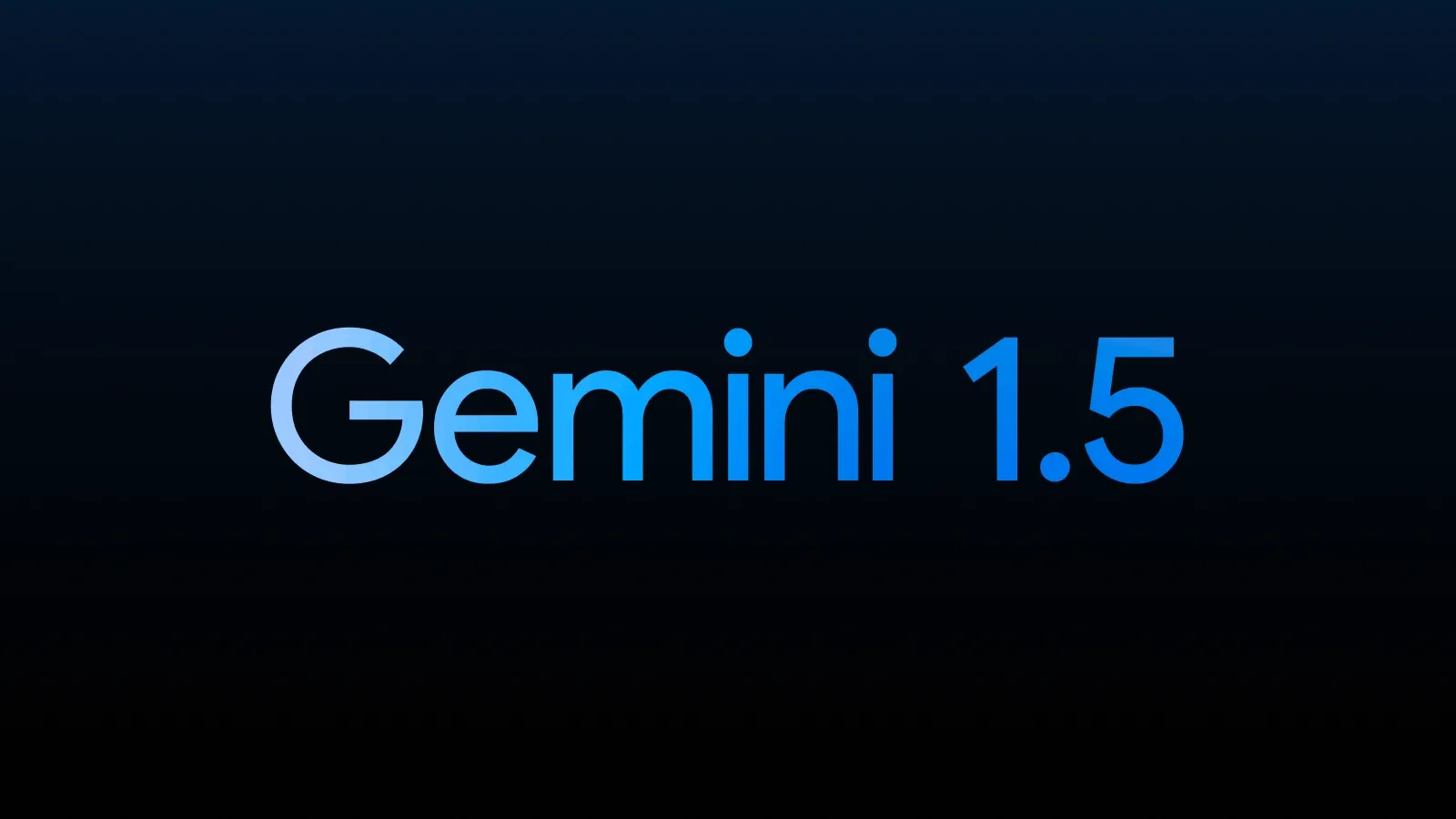Google announces next-generation of its large language model: Gemini 1.5
Google AI yesterday unveiled Gemini 1.5, the next generation of its large language model (LLM), boasting significant performance improvements and a breakthrough in long-context understanding.

Google AI yesterday unveiled Gemini 1.5, the next generation of its large language model (LLM), boasting significant performance improvements and a breakthrough in long-context understanding.
Enhanced performance: Achieves comparable quality to Gemini 1.0 Ultra, the largest model to date, while using less compute.
Large context window: Can process up to 1 million tokens, the longest of any large-scale LLM yet.
Efficient architecture: Utilizes a Mixture-of-Experts (MoE) architecture for improved training and serving efficiency.
Strong capabilities across modalities: Demonstrates advanced understanding and reasoning across text, code, image, audio, and video.
Ethics and safety testing: Undergoes extensive ethics and safety tests to ensure responsible deployment.
Long context window - a major breakthrough:
The ability to process information in a much wider context unlocks new possibilities for LLMs. Gemini 1.5 can analyze vast amounts of information at once, leading to:
- More consistent and relevant outputs: Captures subtle nuances and connections within large datasets.
- Complex reasoning: Enables handling tasks like summarizing lengthy documents or solving coding problems with longer codebases.
- Deeper understanding of multimodal inputs: Analyzes videos, audio, and code more effectively, identifying details and relationships that might be missed otherwise.
Accessibility and future availability:
- Currently available in a limited preview for developers and enterprise customers through AI Studio and Vertex AI.
- Wider release with a standard 128,000 token context window planned for the future.
- Pricing tiers will scale based on context window size, with the 1 million token option becoming available later.
Overall, Gemini 1.5 marks a significant step forward in LLM technology. Its enhanced performance, efficient architecture, and groundbreaking long-context capabilities hold immense potential for various applications, from research and development to creative endeavors and business solutions.
Understanding Long Context Windows: Why It Matters for AI
Have you ever forgotten someone's name in a conversation only moments after they introduced themselves? This can be a problem for AI models too, who struggle to remember information across interactions. Enter the long context window: a breakthrough feature in the new Gemini 1.5 model that unlocks remarkable possibilities for AI.
Imagine holding a conversation. You remember what someone said earlier because you keep it in mind throughout the dialogue. This ability to recall past information is crucial for understanding ongoing communication. Similarly, context windows are essential for AI models. They determine how much information a model can recall and process at once, impacting its understanding and response accuracy.
Gemini 1.5: A leap forward in context
While previous models could handle up to 32,000 tokens (think words, images, code snippets), Gemini 1.5 Pro boasts a staggering 1 million token context window – the largest of any large-scale foundation model to date. This allows it to analyze vast amounts of data, leading to:
- Deeper understanding: Analyzing documents thousands of pages long, summarizing codebases with tens of thousands of lines, or answering questions about entire movies becomes possible.
- Reasoning across data: Imagine learning a rare language. 1.5 Pro can analyze a language grammar manual in context, enabling it to translate like someone actually studying the language.
- More engaging interactions: Chatbots that "forget" things are a thing of the past. Long context windows enable models to maintain coherent and relevant conversations.
Looking ahead: Faster, safer, and even bigger
While initially available with a 128K context window, the 1 million token option is being tested with select users. The team behind Gemini 1.5 is constantly working on:
- Speed and efficiency: Reducing latency and enhancing computational efficiency for smoother user experiences.
- Safety: Ensuring responsible deployment through rigorous testing and ethical considerations.
- Pushing the boundaries: Exploring larger context windows, improved architectures, and leveraging hardware advancements.
The potential of long context windows in AI is vast. From powering natural language processing solutions to building chatbots with true memory, this innovation paves the way for next-generation AI interactions. As developers and users begin to explore these capabilities, the true power of long context windows will undoubtedly unfold.

